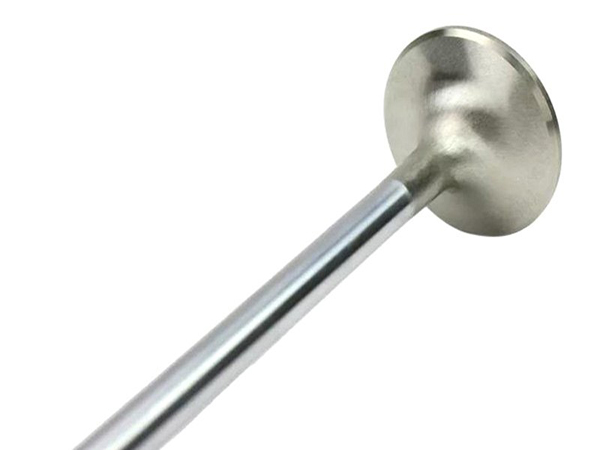© 2019 Suzhou Tianzhijiao Precision Machinery Co.,Ltd. All rights reserved. Site Map Designed by iwonder.cn
An engine valve is an internal combustion engine that assists in charging fresh air into the combustion chamber and discharges a mixture of air and fired fuel out of the engine.
Sometimes called a mushroom valve, an engine valve is characterized by its circular head and a long stem.

The head is usually made from stainless steel and the stem from high carbon.
The engine valve is one of the most important parts of an engine because it can withstand extreme pressures, temperatures, and hitting impact.
When an engine valve is being manufactured, it passes through an engine valve production line (sometimes called an assembly line) in a set of sequential operations
The components of the valve are refined and assembled until the finished product is achieved.
To produce valves with high-quality functionality and strength, the engine valve must be purchased from the most professional engine valve machine manufacturer.
Components of An Engine Valve Production Line
The machines in an engine valve production line include the following;
1. The valve tip drilling machine
2. The grinding machine,
3. Head-turning machine
4. Hydraulic electric upsetting machine (or hydraulic press)
5. The Chamfering machine
6. The heat quenching machine
7. The upsetting machine and
8. The straightening machine.
Engine valves go through a production process using the engine valve production line and below is a detailed account of the sequence
· Long steel bars which are the raw materials are received from the supplier and kept in a material yard
· The steel bars are then put through a sheering machine and are cut into the required lengths.
· The ends of the bars are chamfered using grinding operation
· Each part of the bars is put through upsetting and forging in a hydraulic press to shape the head of the valve.
· Next, a cavity is formed at the tip of the valve to attach it with a stellite. This is usually done to meet the required specifications of the customer.
The process is called Tipping and is done using Tungsten Inert Gas (TIG)
· Next, a succession of heat treatment processes is carried out.
· Then the valve is cleaned and straightened
· The valve tip is ground for a surface finishing after which it goes through a liquid penetrant test to check for any welding defects that may have occurred
· The materials are then taken to the machining area for a train of machine operations.
· Then defects are checked for again using ultrasound inspection
· The produced valves are cleansed in an alkali bath
· Then the last inspection takes place to ensure there are absolutely no defects in the valves.
The valves are then oiled before packaging and moved to the finished goods yard.
Conclusion
Engine valves are one of the most important components of any automobile; they control the flow of fuel within the combustion chamber and also the flow of exhaust gases from the engine.
An ill produced valve will cause pits, grooves, and cracks that often lead to power loss and fuel inefficiency in the automobile.
This is why it is highly necessary for the manufacturing of engine valves to purchase your engine valve production line from the most reputable engine valve manufacture.
By continuing to use the site you agree to our privacy policy Terms and Conditions.